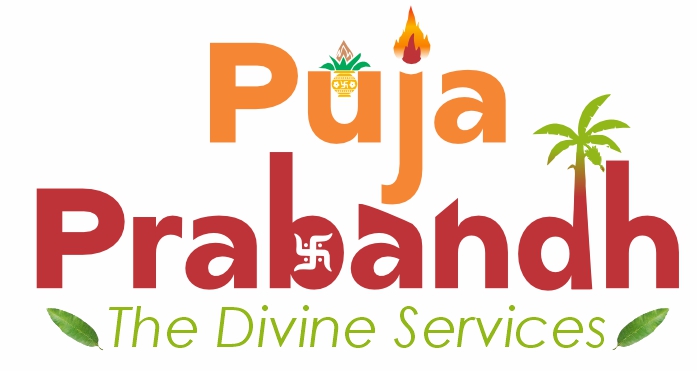
Sri Rama Puja is a sacred ritual dedicated to Lord Rama, the seventh incarnation of Lord Vishnu, who embodies righteousness (dharma), virtue, and ideal living. The puja is typically performed during Rama Navami, which celebrates the birth of Lord Rama, but it can also be observed regularly by devotees seeking divine blessings, peace, and guidance.
The day of the puja begins with devotees taking a purifying bath and cleaning their homes and puja spaces. A picture or idol of Lord Rama, often accompanied by Sita, Lakshmana, and Hanuman, is placed on a decorated altar. The puja begins with Ganapati Puja, invoking Lord Ganesha for the removal of obstacles. This is followed by Kalasha Sthapana, invoking divine presence into the sacred pot filled with water, mango leaves, and a coconut.
Devotees chant Rama Ashtottara Shatanamavali (108 names of Rama), and Rama Raksha Stotra, expressing their reverence and seeking protection. Flowers, fruits, incense, and naivedyam (offering of food) such as panakam (jaggery water), kosambari (moong dal salad), and sweet dishes like payasam are offered to the deity.
A key part of Sri Rama Puja is reciting verses from the Ramayana, especially from the Bala Kanda, glorifying Lord Rama’s birth and virtues. The puja concludes with an aarti, where lamps are waved before the deity while singing devotional songs. Prasadam is then distributed among the participants.
Sri Rama Puja is a spiritual practice that inspires devotion, discipline, and the triumph of truth over falsehood. It instills the qualities of humility, patience, and moral strength as exemplified by Lord Rama. Performing this puja brings inner peace, familial harmony, and divine blessings, guiding devotees to lead a life of dharma and purpose.

